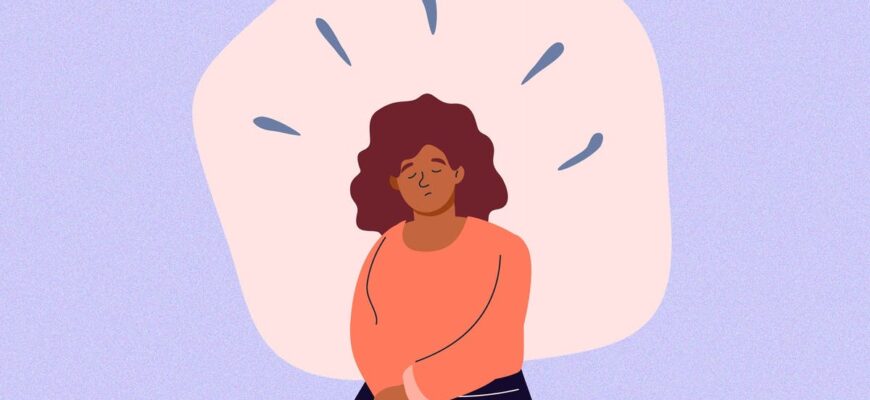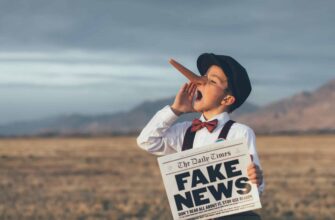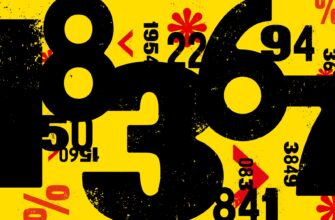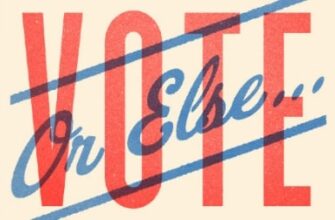Last week we discussed Parks and Recreation’s Andy Dwyer and his optimism bias. Today, let’s talk about his wife, April. April is on the opposite end of Andy’s happiness spectrum. She finds pleasure in people’s sadness, disappointment, and discontent. April is comforted by her negativity bias.
I don’t care about that prize, but I’m gonna win because I want his happiness to go away. – April Dwyer
Negativity bias is the idea that negative events (unpleasant thoughts, traumatic events, etc.) are more impactful and efficacious than their positive counterparts. In other words, we respond more strongly, are more focused on, and give more credence to the negative elements of our environment.
To observe the effects of negativity bias, one study found that in a crowd, we are quicker to recognize angry faces over those who are happy. Neurological research found that both the autonomic and central nervous systems tend to have measurably higher levels of activation when we encounter negative words and social information.
And remember that gambling study from the optimism bias article where positivity-inclined people walked away with bigger winnings? Well, it also found that those who believe in bad luck experienced longer losing streaks. Their negativity bias incited them to pay more attention to the losing hands versus the times they won, resulting in an overindulgence of riskier bets.
I don’t want to do things. I want to not do to things like you taught me. – April Dwyer
We all possess some degree of negativity bias. The question is how much you rely on it. A stronger bias can make you more attuned to potential threats, more sensitive to the needs of a protective team, and can make you more cautious. To a point, these are good things. The problem is when every unknown factor is perceived as dangerous. This can lead to paranoia, severe distrust, and isolation.
Another issue with negativity bias is that because the degree varies from individual to individual, there can be a conflict between those who do not share the same sensitivities. According to research on political ideology, those with conservative leanings are more likely to have a stronger negativity bias – unfavorable things upset them more. Liberals, on the other hand, have a weaker bias – unfavorable things are still upsetting, just not as much. As one of the authors of the study stated,
Conservatives are fond of saying ‘liberals just don’t get it,’ and liberals are convinced that conservatives magnify threats… Both are correct.
Imagine how this can affect the interpersonal relationships in your workplace. You have a faction who are prone to seeing adverse decisions as an affront to their personal sense of justice. These individuals see conspiracy and corruption in even the most innocent actions of the organization. You have another group who do not take these actions seriously enough. They gloss over the details and minimize hazards that can cause substantial harm. Put them in a room together and you have a major disconnect.
Like the optimism bias, a negativity bias involves a distortion of reality. When you believe everyone is out to get you, you will be hypersensitive to the examples (real or perceived) that support this belief. Don’t deny your negativity; if used alongside a healthy dose of reality checks with a sprinkle of optimism, it can help you. Maintain an awareness of how your biases affect your judgment and whether you might be misreading cues. Stay on guard, but try to not let your inclinations be debilitating. If this doesn’t work, follow April’s example – find a partner who can balance you out.







